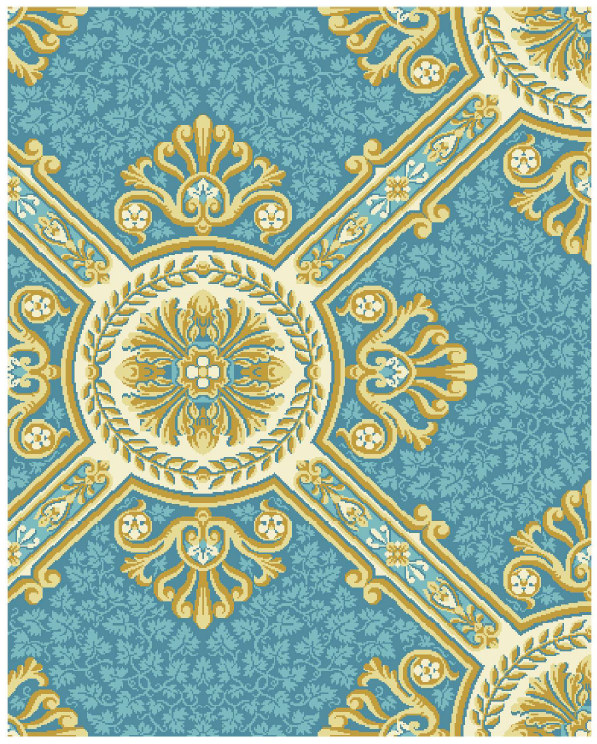
Prior to Bedford House’s closure in 2020, room 110 had been interpreted as the home’s kitchen. During the state’s restoration in the 1960s, a large hearth and apparent beehive oven were found behind a white marble mantel in what at the time had been an employee’s bedroom. The mantel was removed, and a recreated open hearth and oven were installed. Research in the last two decades has found that the white marble mantel had been purchased by John Jay in the 1820s for the “east parlor.” The restoration project will include the reinstallation of the marble mantel, yellow painted walls (matching the historic 1820’s color), and a period-appropriate carpet. The room is slated to be furnished solely with reproduction furniture and artifacts.
By furnishing this parlor entirely with reproductions, it will become a key component of our overall site-wide accessibility program, while providing valuable flexible-use space in Bedford House. Using this room for immersive and intimate programs and events offers substantial opportunities to engage with new audiences and have deeper and more meaningful interactions with our visitors. Programmatic uses include specialty tours and programs for underserved audiences including those with vision impairments, developmentally disabled adults and children, and people with sensory processing disorders, while also catering to different learning styles. Discussion components of tours and programs will also benefit from this space, especially our dialogic tours addressing contemporary issues and connecting them to the past while encouraging critical thinking skills and civic dialogue.
